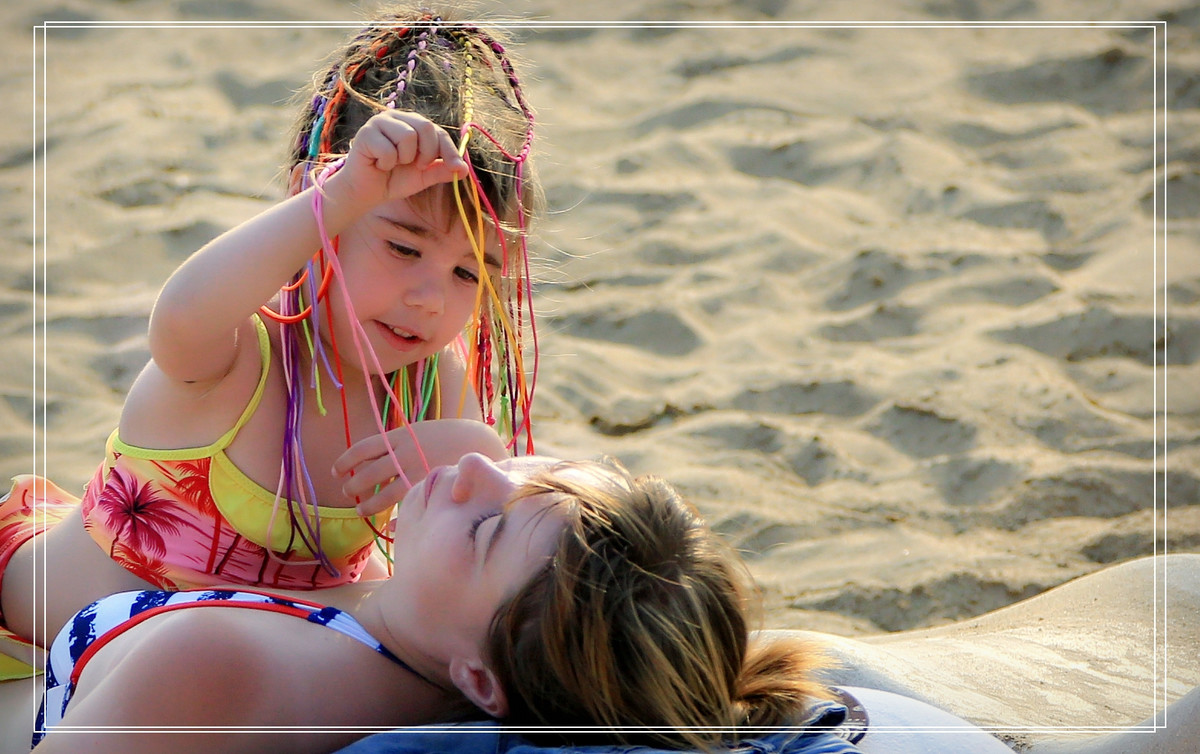- Home
- Hearing Loss
- Audiology
Dos and Don’ts of Ear Cleaning
2020-11-06 Ears can be a tricky place to clean. Even though they are technically inside of our bodies, we have somewhat easy access to them. However, ears are sensitive and there is a correct way to clean them. Here are some basic tips on the dos and don’ts of ear cleaning.
The dos of ear cleaning
Do try baby oil. Adding a drop or two to your ear and then gently massaging your ear from the outside can help to break up any earwax and also provide a smoother surface for it to come out of.
Do try over-the-counter wax softeners. Like baby oil, these drops help to naturally soften the earwax so that it can slide out easily.
Do let your ears get wet. While the feeling of water inside your ears can be uncomfortable, by allowing warm water from your bath or shower to enter into your ears you can naturally break up the earwax that is formed inside.
Do visit your doctor. If you have chronic ear pain or you feel like you’re starting to lose hearing, visit your doctor. While most of the time these issues are a cause of earwax buildup, they can also be signs of more serious medical conditions. Always err on the side of caution when it comes to your health.


The don’ts of cleaning your ears
Don’t use cotton swabs. If you look closely on the box of Q-Tips, it clearly states that cotton swabs are not to be inserted into the ear canal. Yet cotton swabs are still a staple in most people’s houses. Cotton swabs are long and ear canals can be relatively short. It only takes a bit of pressure to puncture your eardrum or knock against on the tiny bones inside your ear. While it may seem like you are cleaning your ears with the cotton swabs, in reality, you could be compacting the earwax so that it builds up in a greater amount.
Don’t use hydrogen peroxide. Some people believe that hydrogen peroxide can help to thin earwax. However, if there is a more serious issue, like a hole in the eardrum, this chemical can cause further damage. Straight hydrogen peroxide is too toxic to be used in your sensitive ears.
Don’t use ear candles. This primitive method is not commonly used but is dangerous enough to mention. Ear candling involves taking a hollow candle and inserting one end into your ear. The other end is then lighted. The belief is that the warmth of the lit candle will melt the earwax, enabling it to slide down the hollow tube. Ear candling is very dangerous and no research has proven its effectiveness. More often than not, ear candling results in more damage than what was the original issue and can often result in surgery.
Don’t vacuum your ear. Again, nothing should be inserted into your ear canal. Ear vacuums may seem like a safe alternative because they purport to suck earwax out, but any instrument that is inserted into your ear can cause damage.
The important thing about hearing health is that you take it seriously! If you’re worried you may be suffering from hearing loss or excessive earwax, schedule an appointment with a hearing professional in your area!
Latest
Audiology













All 0 comments